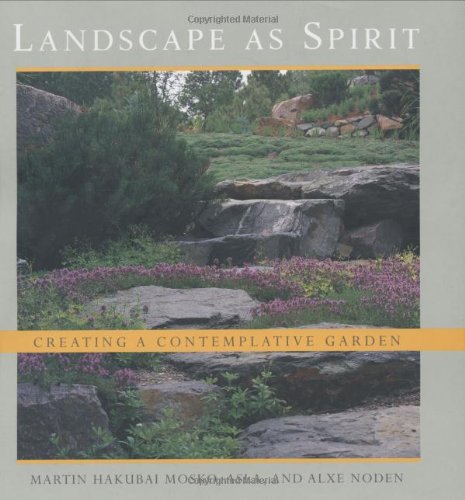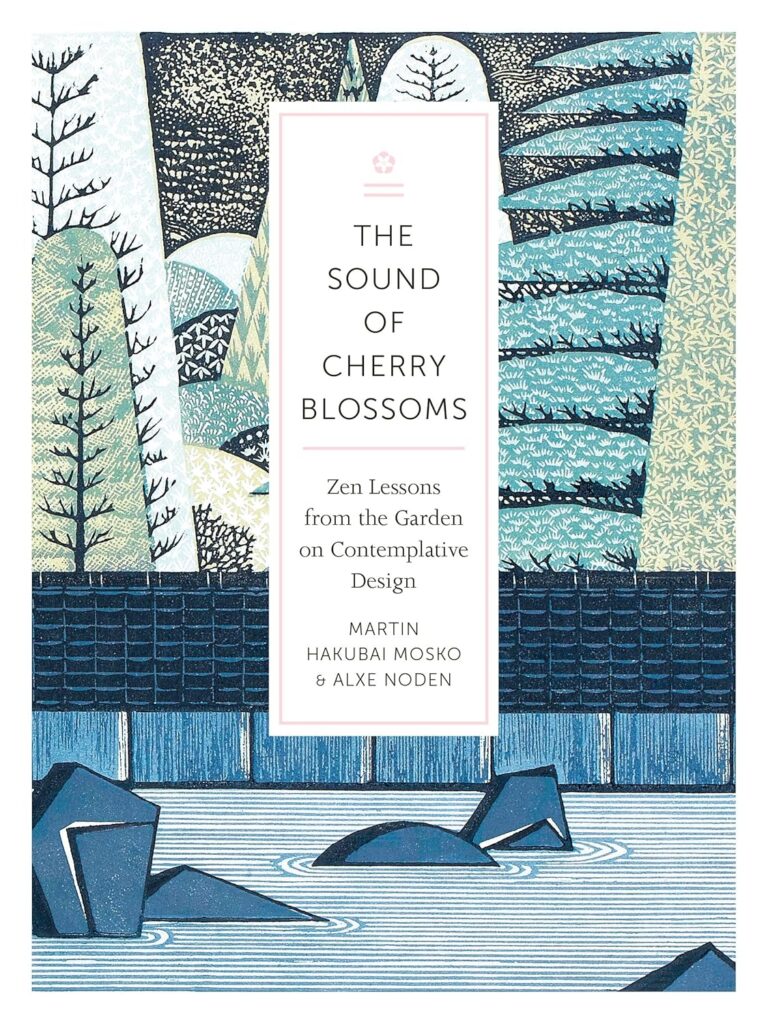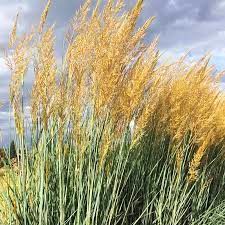Review by Pam Sherman


Our native plant gardens are more than habitat for insects, birds and mammals. They are also calming and nurturing spaces for humans. As we grow in our understanding of native garden design, it is inevitable that we will move toward habitat that considers the five elements in harmony with the human spirit alongside the needs of native flora and fauna. Here are two books by Martin Hakubai Mosko and Alxe Noden to offer inspiration for your native plant landscape.
“Design is the process of setting vision” wrote Martin Hakubai Mosko in The Sound of Cherry Blossoms. “We need a vision of the future so powerful it can pull us out of the morass of our habitual patterns, delusions, insecurities, and distractions.”
Mosko was a contemplative landscape designer and Zen master in Boulder, CO, influenced by Japanese Zen in both fields. He was named one of the seven top landscape architects in North America. His wife, Alxe Noden, was instrumental in writing the books with him. He died in 2023.
The Goal?
“While I use traditional principles of landscape architecture in my work, I also use methods that create gardens with spirit…to me a garden is a refuge, a place of reverence…in which there is the possibility of awakening and insight….When a garden is able to live up to its true potential, it is the expression of spirit; it is the vital link between Heaven and Earth.” Heaven is “Big Mind: openness, spaciousness, a sense of the sacred without self-reference.” Earth is the ordinary: structure, mass, physicality rocks, water, air, earth. The secret to happiness is experiencing them in their unity, the extraordinary nature of the ordinary, ourselves as we truly are.

The books describe Mosko’s process from vision to implementation, construction and maintenance.
He starts with a guiding view, the foundation of the rest of the process. He says that without this, everything we do is reactive and lacks coherence. At the same time being aware “that what I don’t see far exceeds what I do see, and what I don’t know far exceeds what I do know.”
He continues: “A garden is a world in itself, complete but evolving whole.” It encompasses change, birth, growth, death, decay, transformation. It is its own energetic ecosystem, with its own evolving relationships. It can lift us into quietness, balance, harmony, relaxation. It draws our attention away from self-absorption into curiosity about the present moment–the bee chasing nectar, the smell of sun-soaked rock. The garden can nurture our relationships and invite health in mind and body.
Mosko’s designs are based on traditional forces of nature: earth, water, fire, air, and space. Landscape as Spirit details how he intentionally shapes the garden and landscape with these elements. Here is a very brief introduction:
Earth is rocks and soil, powerful, solid, ancient. Mosko’s landscape construction company moved huge boulders into place from offsite, changing forever the character of the landscape. Rocks are the ground, the foundation, the structure for the rest of the design.
Water “assumes the form the earth element defines.” Water is the heart, bringing life. People seek a level place and so does water. Paths and streams are linked. Clear and fresh, water reflects, cleans, purifies. Cascading water makes different sounds as it flows, meanders, laps at pond edges.

Fire can be in a fire pit or fireplace. For Mosko, plants are the embodiment of the sun’s primal fire and light energy and therefore represent the fire element. Texture, form, color, shape, behavior, relationship, location awaken the design’s purpose. “Grasses are beats in the garden’s rhythm.”
Air/Wind “is the flow of design via pathways. Paths are connection … in contemplative design we emphasize slow, mindful walking with quiet places to sit along the way. Air design plays with moving and pausing, influenced by unevenly spaced stepping stones, different textures, stones of different heights, by turns in the path concealing and then revealing a view, by ascending or descending a slope, crossing a bridge, a threshold…”
Space to Mosko, is potentially luminous. “We experience light as spaciousness (space.) Light shapes our experience of space. Space/light is the ultimate mystery and source of wonder…. Everything takes place in it. Western artists traditionally see it as a void that needs to be filled.” Eastern artists see space as full of aliveness.
“How we experience space and light is the essence of garden design. Space is the opposite of form, but without it, there would be no form. Space has no boundary, but only within a boundary can we experience spaciousness… Without light, we could not perceive forms… The quality of light and the way it moves and falls in a garden is determined by the interplay of forms and space….”
Through these unique books, Mosko invites us to become consciously aware of the inner and outer techniques that made his work magical. Techniques that we can apply to our own gardens and landscapes of any size and challenge.
